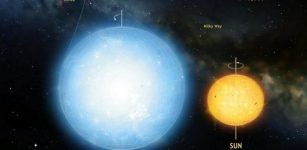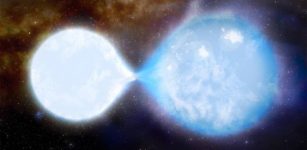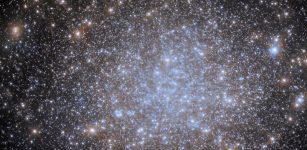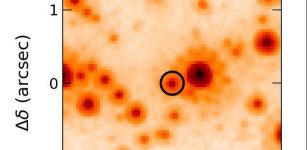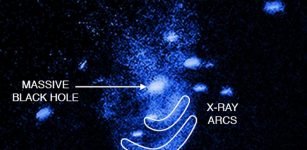Widespread ‘Cannibalism’ Among The Stars
MessageToEagle.com – Stars are born inside a rotating cloud of interstellar gas and dust that contracts to stellar densities thanks to its own gravity.
However, before these clouds can harbor stars, most of the them lands onto a circumstellar disk forming around the star owing to conservation of angular momentum.
It was previously believed that that stars may not accumulate their final mass steadily, but instead, in a series of violent events manifesting themselves as sharp stellar brightening.
According to researchers from the University of Vienna , the final mass is likely due to a series of violent events characterized by stellar brightening and one of the examples is the young FU Orionis star in the constellation of Orion.
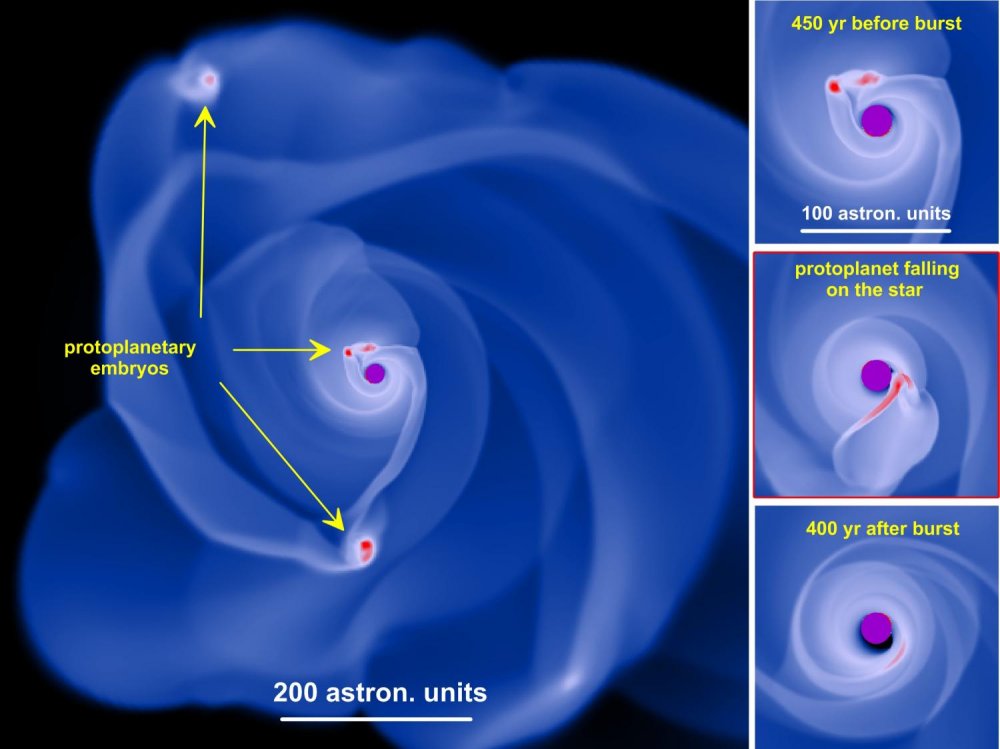
FU Orionis star showed an increase in brightness by a factor of 250 over a time period of just one year, staying in this high-luminosity state now for almost a century.
Stellar brightening can be caused by fragmentation due to gravitational instabilities in massive gaseous disks surrounding young stars, followed by migration of dense gaseous clumps onto the star, researchers say.
Like the process of throwing logs into a fireplace, these episodes of clump consumption release excess energy which causes the young star to brighten by a factor of hundreds to thousands.
During each episode, the star is consuming the equivalent of one Earth mass every ten days. After this, it may take another several thousand years before another event occurs.
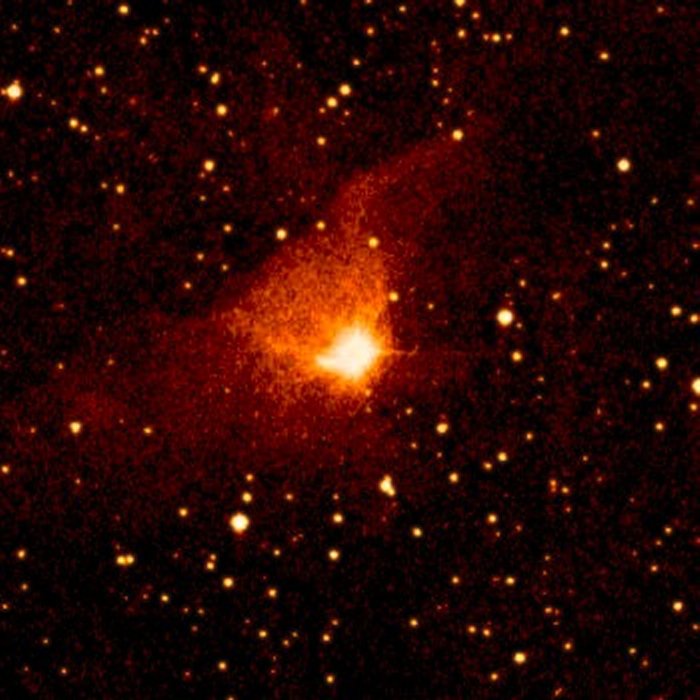
This is a process, which Eduard Vorobyov from the Astrophysical Department of the Vienna University, describes as “cannibalism on astronomical scales.”
These clumps could have matured into giant planets such as Jupiter, but instead they were swallowed by the parental star.
This invokes an interesting analogy with the Greek mythology, wherein Cronus, the leader of the first generation of Titans, ate up his newborn children (though failing to gobble up Zeus, who finally brought death upon his father).
“This is a major step towards our understanding of how stars and planets form and evolve,” says Vorobyov, in a press release.
“If we can prove that most stars undergo such episodes of brightening caused by disk gravitational instability, this would mean that our own Sun might have experienced several such episodes, implying that the giant planets of the Solar system may in fact be lucky survivors of the Sun’s tempestuous past.”
The study has been accepted for publication in Science Advances.
MessageToEagle.com
source: University of Vienna

